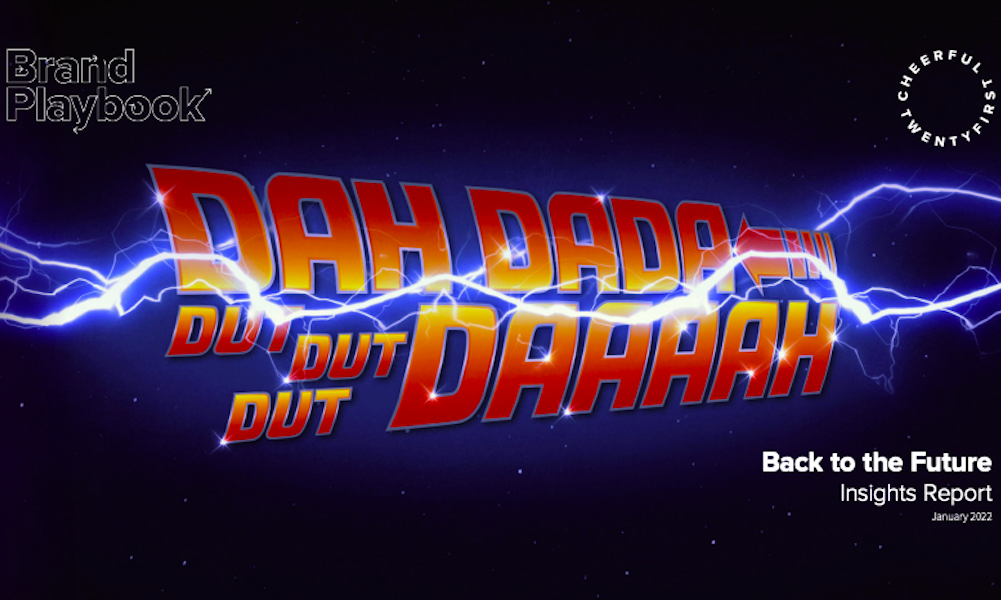The shift to flexible, hybrid working formats is exposing massive gaps in workforce culture and engagement, according to Cheerful Twentyfirst’s recently published Brand Playbook, ‘Back to the Future’.
The agency surveyed 50+ global brands across sectors, targeting event and comms professionals at all levels, for insights into how the future of work is disrupting communications design, event experiences and attendee expectations in 2022.
The majority (92%) of Brand Playbook respondents prefer flexible, hybrid working formats. However, 58% of Brand Playbook respondents identified isolated working and reduced collaborative environments as the greatest downfall to remote working, and 70% identified ‘team culture’ as the biggest challenge to employee engagement in the next 12 months.
Events will help reconnect workforces, fill the gap and and meet this need. The report indicates that there is a pressing need for businesses to upscale event and communications programmes, placing a greater importance on the impact, frequency and strategy behind internal meetings, annual offsite events, conferences and incentives, cross-region collaboration hubs and the value of industry trade shows.
The good news is that brands are ready to take more risks – 94% of Brand Playbook respondents are ready to try new event formats in 2022, with 74% of senior leaders “very willing” to experiment with emerging event and engagement tactics across their communications programmes.
Event planners have more flexibility to try and test new engagement models this year. Brands are expected to invest in event formats that prioritise building connection over learning.
However, the report highlights that different audiences need different things from their event experience – 56% of mid-level managers identified ‘building community’ as the number reason they use events as a marketing channel, 68% of senior leaders identified ‘information sharing and learning’, and 87% of executives identified ‘networking and new connections’.
Cheerful Twentyfirst predicts that intrinsic audience understanding will inform tailored communications journeys that meet the needs of attendee groups at scale, and that greater investment in audience profiling and data capture will drive programme design this year.

